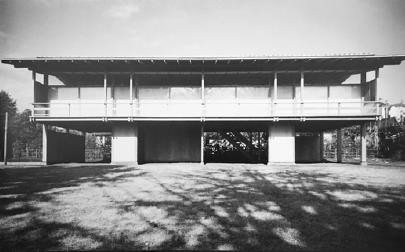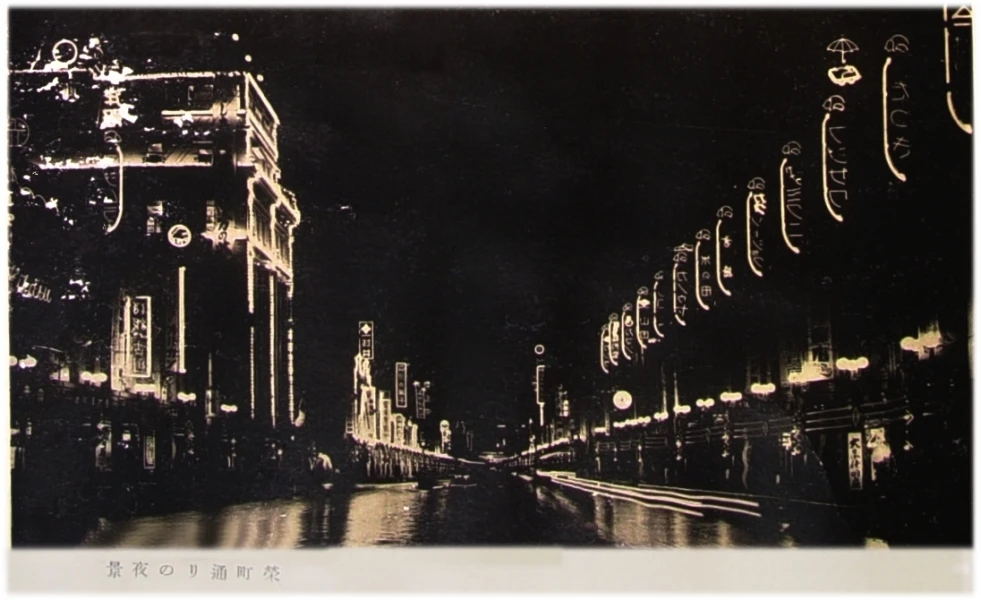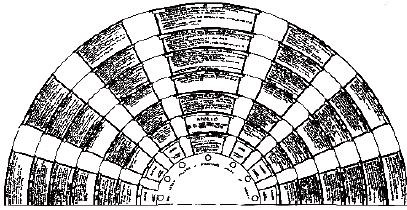摘要
二戰前台灣社會經過現代主義的洗禮,高層化住居逐漸成為現代建築設計核心議題。戰後當我們不假思索追求水平聚落邁向垂直城市時,似未真正理解垂直化住居帶來的挑戰。本文將採用文獻研究與歷史分析法,以戰後1950至1980年代國民住宅計畫為案例,闡述台灣住居從地面邁向高層化面臨的問題,以及專業者所作的嘗試與調整。並討論垂直的生活機器空間組構狀態、運輸條件與技術,以及垂直住居的圈地天空與生活風險、親近自然的權利等議題,為持續發展高層化住居的今日帶來新思考。
關鍵詞
國宅計畫、垂直城市、現代主義
Abstract
Taiwan began its modernization before World War II, after which high-rise residential buildings gradually became the core issue of modern architectural design. When moving unthinkingly from horizontal settlements to vertical cities after the war, it seems that people failed to understand the challenges of vertical living. In this study, literature research and historical analysis were used to illustrate the problems faced by Taiwan in moving from ground-level residences to high-rise residences from the 1950s to the 1980s, as well as the attempts and adjustments made by professionals. This study also discussed the issues of spatial structural components, the transportation conditions and technologies of vertical living machines, the enclosure sky and risks of vertical living, the right to be close to nature, and other issues, bringing new thinking to the sustainable development of high-rise living.
Keywords
Public housing project; Vertical city; Modernism






